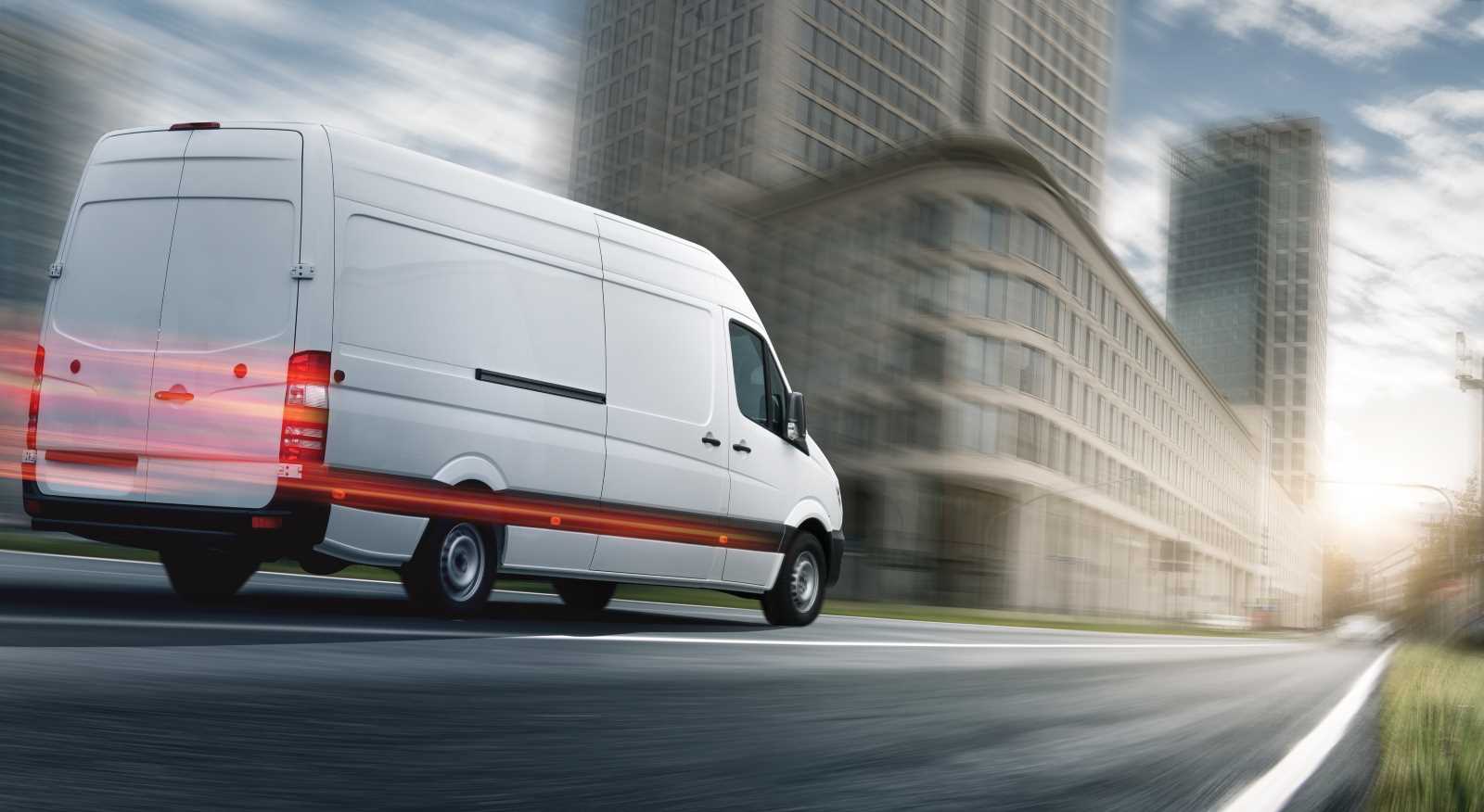Allow me to take a trip back in time, about 50 years back to be exact, to help put into perspective how consumers transit time expectations have changed. It was a time when catalog retailers like Sears and JC Penney ruled via their mail-order business models, in addition to their retail store networks:
Mail-order business, also called direct-mail marketing, was the method of merchandising in which the seller’s offer is made through mass mailing of a circular or catalog or through an advertisement placed in a newspaper or magazine and in which the buyer placed an order by mail. It was not uncommon for delivery to take up to 2 weeks or even longer, as consumer transit time expectations were low. Unbelievably, a small number of legacy retailers still supplement their on-line marketing/purchasing models via mailed catalogs.
Back in 2016, AT Kearney, surveyed internet users in North America on what the acceptable timeframe was for ecommerce order delivery:
- 24% of respondents—also the largest share—said that three days was the acceptable timeframe.
- 19% of respondents were happy with 2-day delivery.
- 9%, said that four days was the acceptable delivery window.
- 16% of respondents said five days was acceptable.
- 13% said they preferred same-day delivery.
- 12% wanted one day/next-day delivery.
(Source: eMarketer)
Fast forward to 2021, and we see consumers migrating towards faster delivery transit time expectations, with free 2-day delivery reigning as the most popular delivery option for consumers:
- 42% of shoppers expect a 2-day shipping option for every online purchase they make. (Source: Ware2Go)
What are the transit-time delivery options for the consumer?
Extended Days Delivery (3+ Days): This is still a popular option embraced by both merchants and consumers for the delivery of non-urgent, low value goods.
2–3-Day Delivery: All the primary integrated carriers and most merchants offer a variation of this service that is fast enough for many consumers and yet easily works for most merchants as a free shipping option for their customers
2-Day Delivery: We can thank Amazon for making 2-day delivery the most accepted and in demand delivery solution with free shipping in the US. This has also forced competitors to offer free 2-day delivery, which can be costly for Amazon’s competitors to support.
One Day/Next Day Delivery: It was in 2019 that Amazon introduced Prime One-Day, free delivery to select customers. Today, more than half of all Prime purchases are being delivered in one day. It has been a challenge for Amazon’s competitors to match this delivery service commitment. However, merchants are also finding that free 2-day delivery is still satisfactory for most customers.
Same Day Delivery (2+ Hours): During 2009, Amazon was the first ecommerce retailer to test same-day delivery in select, large market zip codes. Today, free same day delivery is available to Prime members, but only in designated large markets. Statistica had this to say about the size of the same day delivery US market:
- In 2019, the same-day-delivery market in the United States amounted to 5.87 billion U.S. dollars. By 2024, this market is forecasted to reach 15.6 billion U.S. dollars. These estimates include grocery and meal delivery. (Source: Statista)
Quick (Q) Commerce Delivery (Less Than 1 Hour): Also referred to as ‘on-demand delivery’, is e-commerce in its faster form, dependent on the quickest, last mile delivery solutions. This ultra-fast delivery solution works best with grocery and meal delivery. Not enough data exists to suggest that less than one-hour delivery for consumer goods is a viable delivery solution.
The best ecommerce merchants and order fulfillment 3PL’s offer a range of transit time solutions from extended delivery for low value goods to one-day delivery for higher value goods.
What is the catch for ecommerce merchants?
However, as we move towards faster transit times that absolutely cost more, the ecommerce merchant must now consider the following risk:
- The higher cost of faster transit times can erode margin if the merchant chooses to subsidize the related higher transit costs.
- Passing on the full cost of faster delivery services to the consumer can be dangerous for a merchant if a competitor is offering the same premium service at a lower cost by absorbing part, or all the added cost.
- Are the merchants, specifically Amazon, foisting the one-day delivery commitment onto the consumer when surveys indicate that most consumers are happy with 2-day delivery.
Finally, inflation is just one more factor that could ultimately derail one-day free delivery by driving up the cost of products and ultimately eroding the ecommerce value proposition as we know it today.


